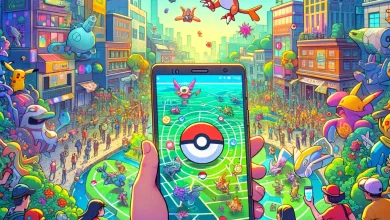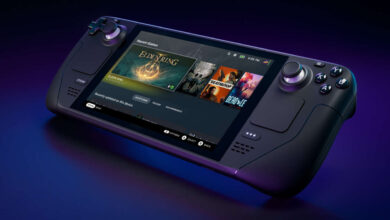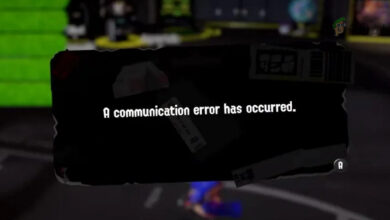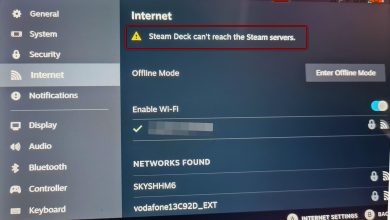How to Fix a Nintendo Switch Dock That Won’t Work?
The Nintendo Switch Dock is a docking station that features electrical connectors, enabling the Nintendo Switch to charge and connect to a television via an HDMI cable. The Dock also includes additional features such as one USB 3.0 and two USB 2.0 ports. When the Nintendo Switch is docked, it allows players to enjoy gameplay at a maximum frame rate of 60 fps with a 1080p resolution.
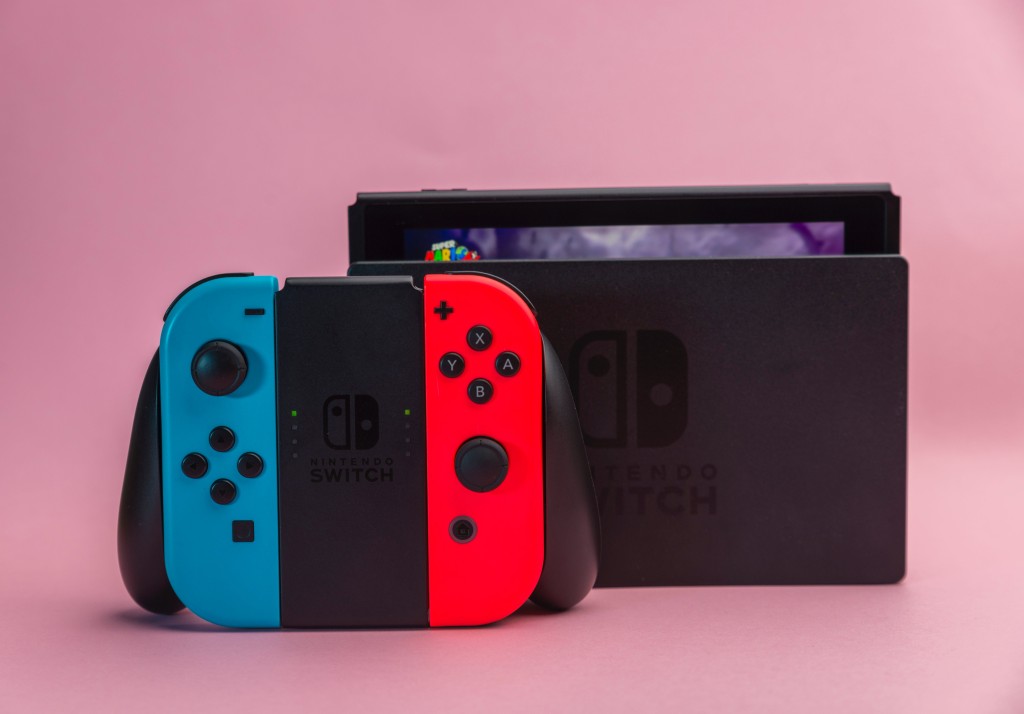
Despite the Nintendo Switch Dock enhancing the gaming experience to a whole new level, there have been several instances where it did not function as expected, leading to difficulties with connecting to the Nintendo Switch or a TV.
This article aims to shed light on potential reasons for these issues and outlines their possible causes. We will then present a series of fixes and workarounds. It is recommended that you follow the solutions in the order provided, as they are arranged from simplest to most complex, and by their likelihood to resolve the problem.
Note: We recommend that you back up all your files and user settings to the cloud as a precaution since your data might be at risk of loss.
If your Dock is not powering up, press and hold the power button for approximately 30 seconds while the main power is connected.
Ensure that you are using only official Nintendo Switch accessories, including power adapters and HDMI cables. Third-party accessories may not meet the required specifications for proper operation and could potentially damage your Nintendo Switch or Dock.
What Causes the Nintendo Switch Dock Not to Work?
We scrutinized several user cases and their detailed scenarios. After inspecting each case and conducting experiments with our own unit, we compiled a list of potential causes for your Nintendo Switch Dock not operating properly:
- Nintendo Switch Dock in Error State: Like all electronic peripherals, the Nintendo Switch Dock can enter an error state, where it fails to recognize or connect with your Nintendo Switch or TV. Power cycling often resolves this issue.
- Cables Plugged in the Wrong Order: An interesting discovery was the importance of the sequence in which cables are connected, as it can affect the Dock’s behavior. This seems to stem from an unintentional bug or code oversight by Nintendo engineers. Ensuring that cables are plugged in the correct order will generally fix the issue.
- Faulty Dock: In some instances, the Dock itself might be defective. This is a common issue even with new consoles. If your Dock is indeed faulty, you should take it to a Nintendo service center for inspection.
- Insufficient Power from Cable: As the Nintendo Switch Dock serves the dual purpose of charging your device and connecting it to a TV, it requires adequate power to function properly. An insufficient power supply can lead to Dock failure or connection issues.
- HDMI Issues: HDMI connection problems can prevent your Nintendo Switch Dock from linking to your TV. Ensuring that the HDMI cable is connected properly is essential.
- Power Outlet Requirements: Our analysis unearthed that the Nintendo Switch Dock prefers a dedicated power outlet, possibly because it requires a significant amount of power to operate optimally.
- Incorrect Configurations: Stored configurations that are incorrect can result in the Dock malfunctioning. In such cases, you can either reset these configurations or perform a hard reset.
Solution 1: Power Cycling the Entire Setup
Before attempting more technical solutions, try power cycling your entire setup. Power cycling involves completely reinitializing your peripherals, which resets their temporary configurations. When they are powered back on, they must create new configuration files. This method is widely used and is typically the first step in any troubleshooting process.
Ensure that you save any unsaved data before power cycling, as some temporary settings might revert to default.
- Unplug both the HDMI cable from the Nintendo Switch Dock and the power cable.
- Next, hold and press the power button on the Dock for about 10-15 seconds.

Power Cycling Entire Setup - Wait for 30-40 seconds. During this time, also power cycle your television and Nintendo Switch.
- After the wait, reconnect everything and power them up. Try connecting the Nintendo Switch to the Dock and check if the issue has been resolved.
If power cycling does not fix the issue, it may suggest that the problem is not with temporary configurations but possibly with the hardware.
Solution 2: Inserting Cables in the Prescribed Order
Inserting the cables in a particular order may provide a resolution. It was discovered that the firmware of the Nintendo Switch Dock might crash if the HDMI is connected to the TV before the Dock receives power.
- Unplug every cable from the Nintendo Switch Dock, including HDMI, power, and the Switch itself.
- First, plug in the power cable to the Dock. Check for the LED power indicator to ensure it has power.
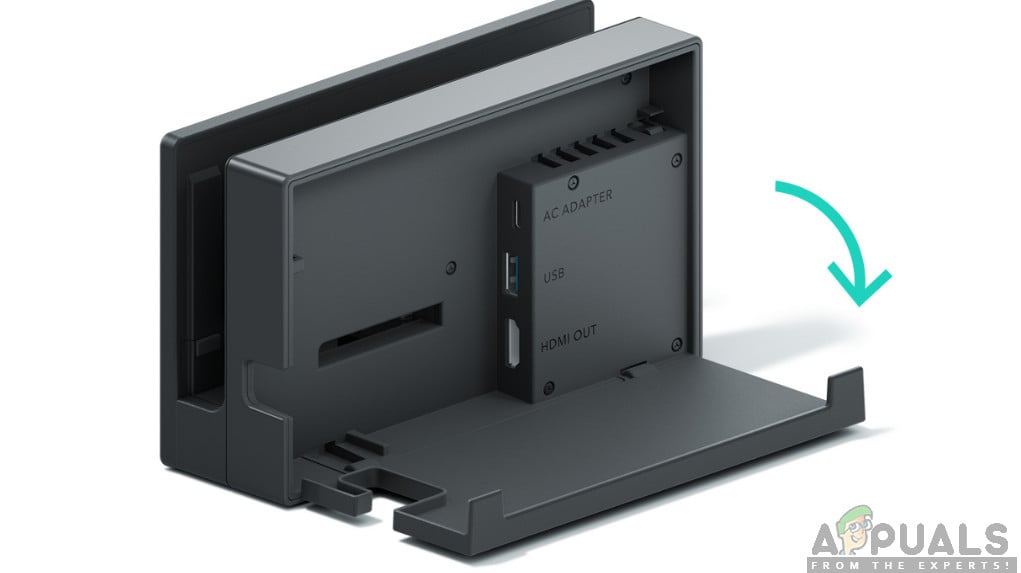
Inserting Cables in Order – Nintendo Switch Dock - Next, connect the HDMI cable (assuming it is already linked to your television and the correct HDMI input is selected).
- Finally, dock the Nintendo Switch. If done correctly, the green light should illuminate, indicating a switch to HDMI.
After following these steps, test the Dock and Nintendo Switch to see if the issue has been permanently resolved.
Solution 3: Checking the Power Cable
Since the Nintendo Switch Dock functions as a connection hub between the Nintendo Switch and your TV while also charging the device, it requires substantial power to operate correctly. If the power supply is inadequate, you might encounter issues such as the Dock not charging the Switch or failing to connect to the TV.
Think of the analogy of a Power Supply Unit (PSU) in a computer. If the PSU is not capable enough (i.e., its wattage cannot support the demands of the components), certain modules, like graphics cards, may not receive sufficient power to function.
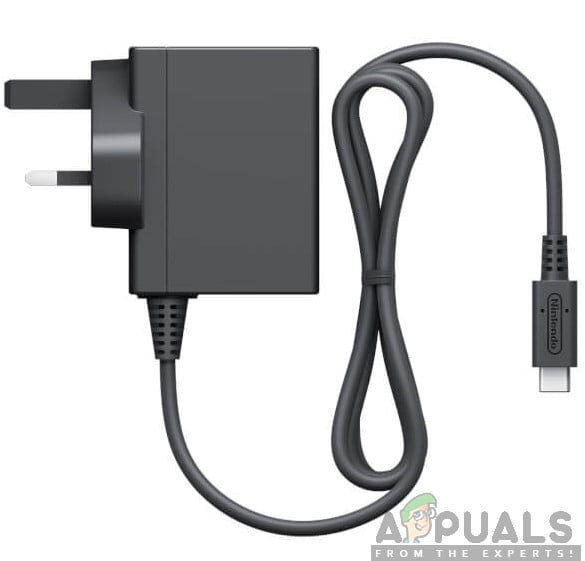
Ensure that you are using the original power cable for the Nintendo Switch Dock and that you are plugging it into an independent power outlet. It is important to note that the Dock seems to require its own dedicated outlet, not shared with any other electronic devices.
Solution 4: Checking Your HDMI Cable
If the Nintendo Switch Dock is charging the device but not connecting to the TV, check the HDMI cable. The HDMI cable facilitates the link between your TV and the Dock, and any fault with the cable can disrupt this connection.
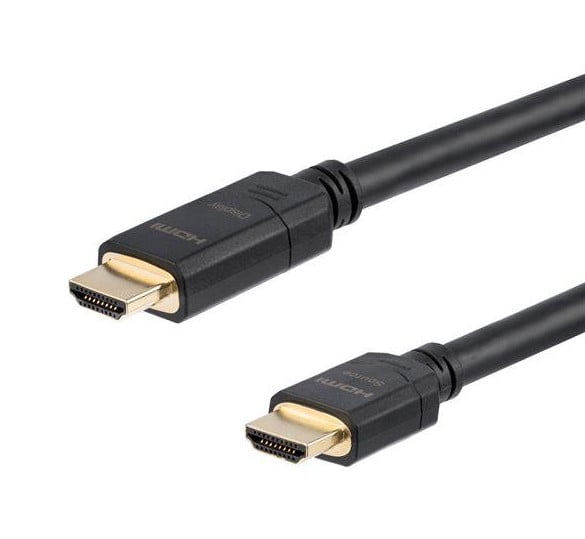
Test your HDMI cable by using it with another device, such as a laptop or computer, to determine if it functions correctly. Verify that the cable is securely connected to the TV. Once certain that the cable is not at fault, proceed to the next possible solution.
Note: Ensure that you have selected the correct HDMI input source on your TV’s settings. Most TVs allow you to choose which input source to display, so confirm that the right HDMI port is selected, keeping in mind that there may be multiple HDMI inputs.
Solution 5: Checking for a Faulty Dock
If none of the above methods solve the issue, you should investigate whether your Nintendo Switch Dock is defective. Situations in which the Dock’s internal hardware components are compromised cannot be resolved without professional intervention.
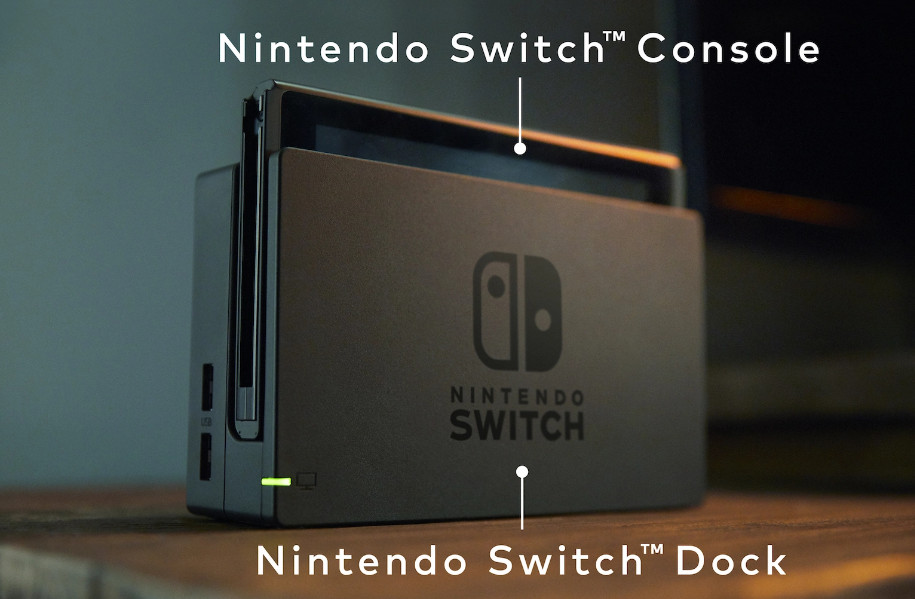
To verify a faulty Dock, try using a Dock from a friend with your Nintendo Switch and TV, keeping in mind the prescribed cable order mentioned in Solution 2. If the alternate Dock also fails to work with your setup, the problem might lie in your configuration settings. However, if it functions properly, this confirms that your Dock is indeed faulty.
In the event of a defective Dock, visit a Nintendo customer service center if the warranty is still valid. Alternatively, for more immediate assistance, considering contacting Nintendo’s support website and discuss your specific situation with their representatives.

